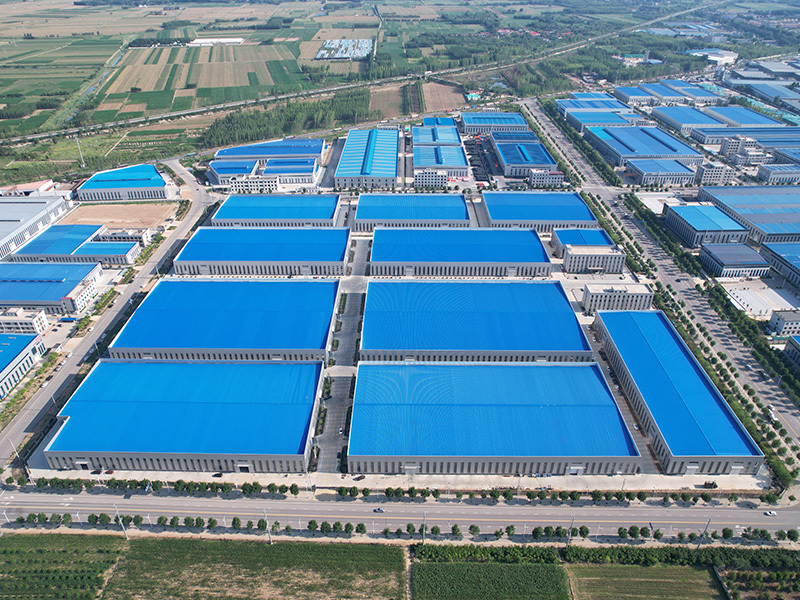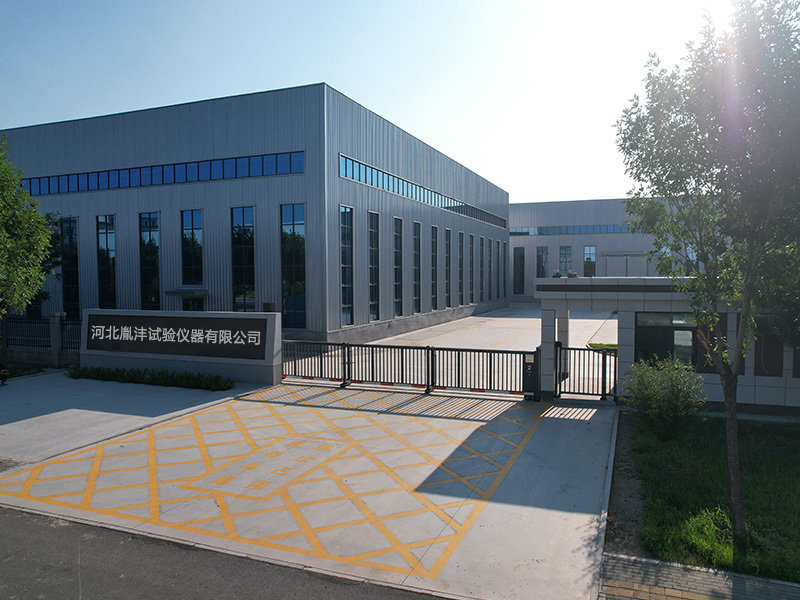


- Product Describe
-
I. The Rock Disintegration Resistance Tester is a specialized instrument primarily used to determine the durability disintegration index of rocks. It can assess how well a rock resists disintegration after undergoing repeated cycles of wetting and drying due to environmental factors like climate changes. The equipment features two drum-shaped sample chambers that are rotated at 20 revolutions per minute by a motor fixed to the device’s baseplate. These drum-shaped chambers are mounted on lubricated bearings, allowing them to rotate smoothly without any resistance. Made from corrosion-resistant materials, the drum-shaped sample chambers come equipped with two water tanks. This versatile device is widely suitable for use in universities, research institutes, testing centers, and other institutions to evaluate the durability of clayey rocks and weathered rock samples.
II. Compliance Standards:
"DZ/T0276.2-2015, National Geological and Mineral Industry Standard of the People's Republic of China: Code for Physical and Mechanical Property Tests of Rocks – Part 9: Rock Disintegration Resistance Test."
JTG E41-2005, the "Code for Rock Testing of Highway Engineering," stipulates.
III. Main Parameters of the Rock Disintegration Tester
1. Host power: 50W
2. Rotational speed: 20 RPM
3. Sieve Cylinder: φ140 × 100 mm,
4. Standard sieve aperture: 2 mm
5. Sink volume: 200 x 170 x 120 mm
6. Specimen specifications: Each piece weighs 40–60 g, totaling 10 pieces, and should be ground into a smooth, rounded shape using a grinding wheel or sandcloth.
7. Specimen shape: Roughly spherical, with no sharp edges
8. External dimensions: 900 x 300 x 500 mm
9. Power supply voltage: 220V
IV. Steps for the Rock Disintegration Resistance Tester
1. Select the specimen carefully, verify its name and number, and record them in the designated table.
2. Place the specimen into the cylindrical sieve cylinder of the disintegration tester, dry it at a temperature of 105–110°C until constant weight is achieved, then cool it to room temperature in a desiccator before weighing.
3. Place the cylindrical sieve cylinder containing the specimen into the water tank, then slowly pour pure water into the tank until the water level is approximately 20 mm below the rotating shaft. After rotating the cylindrical sieve cylinder at 20 r/min for 10 minutes, transfer the cylinder along with the remaining specimen to an oven and dry it at a temperature of 105–110°C until constant weight is achieved. Finally, allow the sample to cool to room temperature in a desiccator before weighing.
4. Repeat the procedure outlined in item 3 of this section to determine the mass of the cylindrical sieve cylinder and the remaining test specimen after the second cycle.
Up to 5 or even more cyclic tests can be conducted as needed.
5. During the experiment, the water temperature should be maintained within the range of 20±2℃.
6. After the test is completed, describe the remaining specimens, the color of the water, and any sediment found in the water. If necessary, perform particle analysis, determine the liquid limit and plastic limit of the sediment, and conduct clay mineral analysis.
7. Weigh accurately to 0.01 g.
V. Calculation of Rock Disintegration Test Results
Calculate the rock disintegration index using the following formula:
Id2 = mr / md %
In the formula: Id2 – Rock (secondary cycle) Disintegration Resistance Index (%);
md—original sample drying mass (g);
Mr.—Residual sample drying mass (g)
NBJ-II Model
Rock Disintegration Resistance Tester
Company Profile
Hebei Yinfeng Experimental Instrument Co., Ltd. is a high-tech enterprise dedicated to the research and development, production, and sales of experimental instruments. The company is headquartered in Hebei Province, relying on the strong industrial foundation and technological innovation resources in the Beijing Tianjin Hebei region. It is committed to providing high-precision and high reliability testing equipment and solutions for material testing, engineering quality control, scientific research experiments and other fields.




Customized Delivery Process
We provide customers with full-process services ranging from pre-sale consultation, customized solution design, equipment installation and commissioning to after-sale technical support.
Online Communication
Provide Custom Drawings
Merchant Quotation
Sign A Contract
Processing And Production
Packaging And Distribution
Confirm Receipt Of Goods
Successful Transaction
Previous:



Rock Disintegration Resistance Tester
If you need customized products, Contact US !
Category
Tag list
Request a Quote
We will contact you within one working day. Please pay attention to your email.
Related Products
Content update in progress







